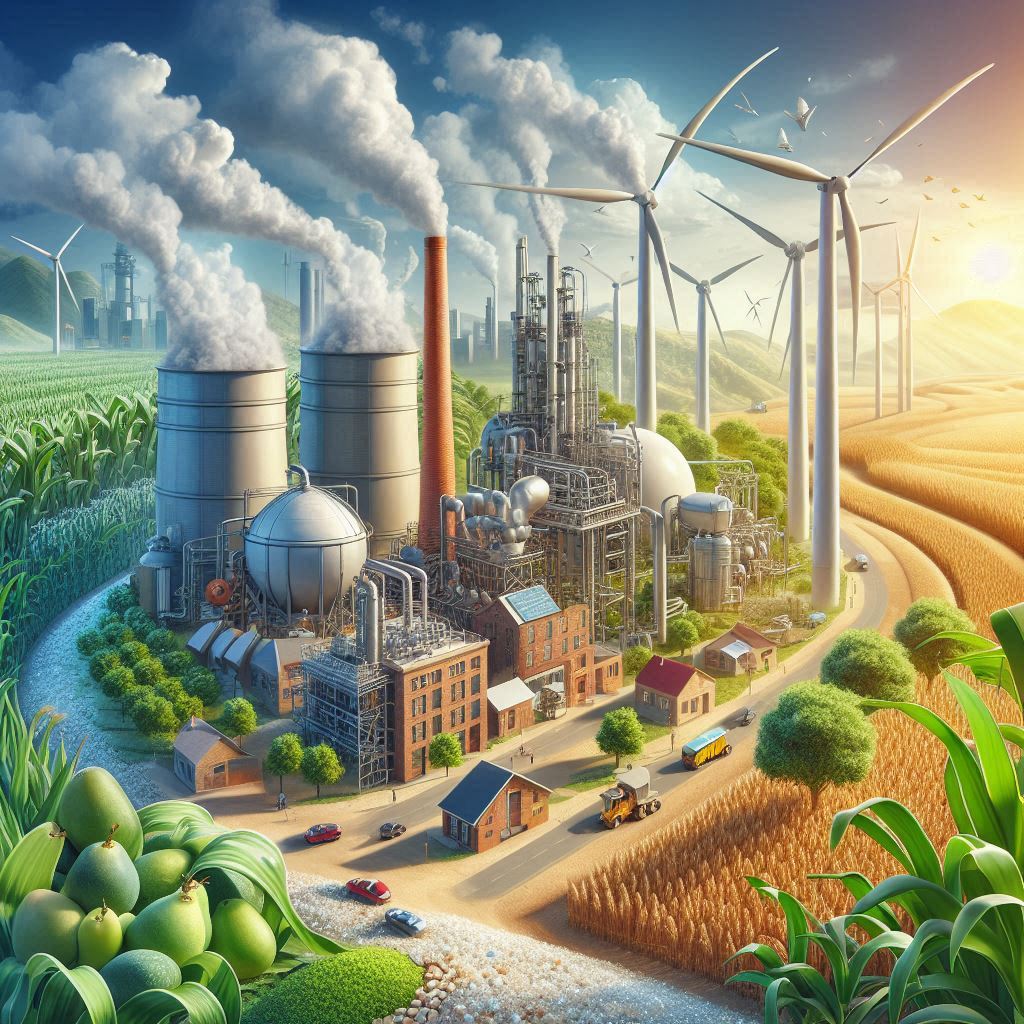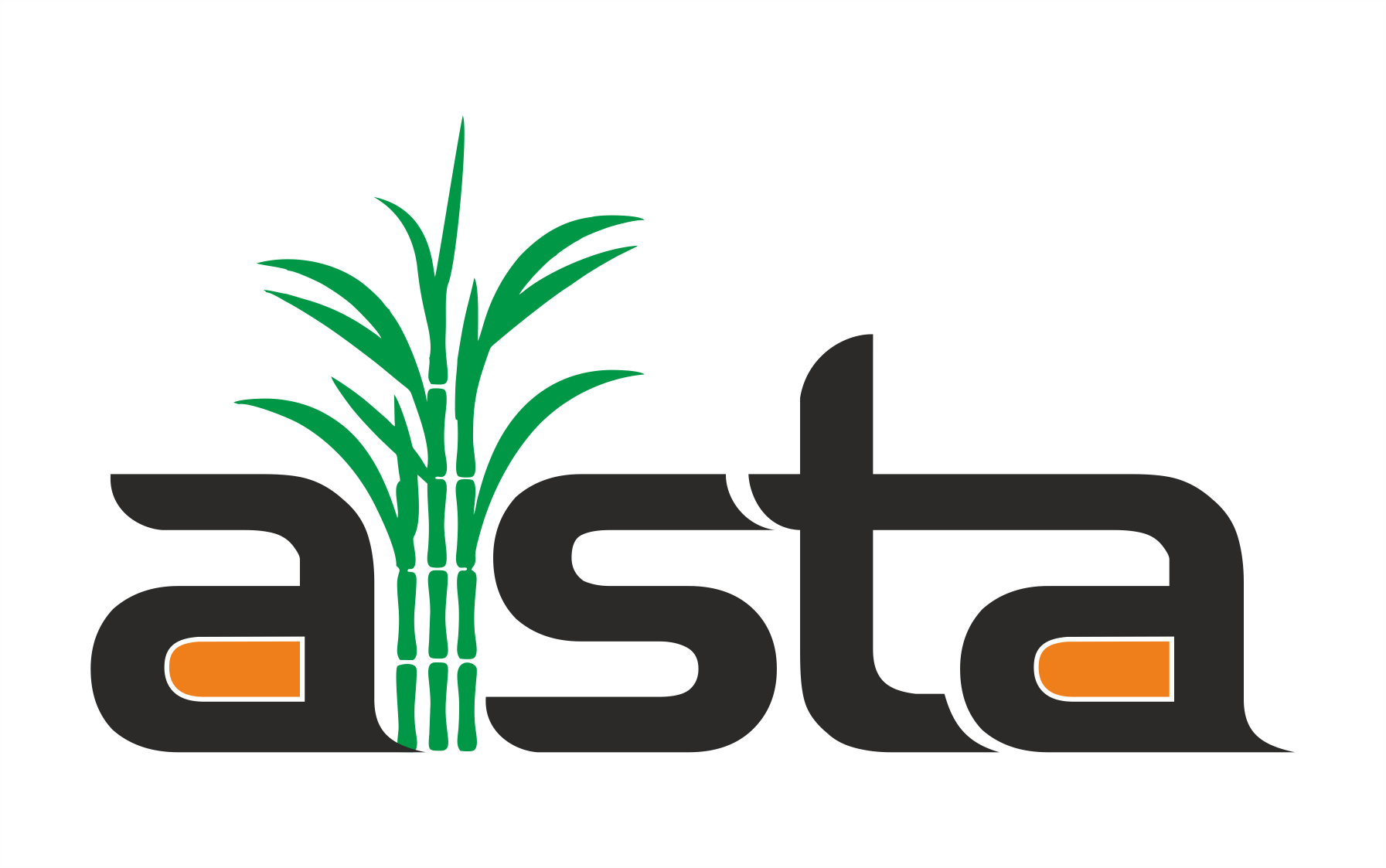Ethanol from Sugar: Shaping a Greener Future
Explore the roadmap, progress, and pricing dynamics of ethanol production from sugarcane.

Ethanol: A Sustainable Energy Solution from Sugar
Empowering a Greener Future with Sugarcane-Based Biofuel
Ethanol, derived from sugarcane and other biomass resources, is a renewable biofuel that has gained prominence as a clean and sustainable energy alternative. As the world grapples with the effects of climate change, ethanol stands out for its ability to significantly reduce greenhouse gas emissions, contributing to a healthier and more sustainable planet.
India has embraced ethanol as a key component of its energy transition journey. By leveraging its abundant sugarcane production, the country is not only meeting energy needs but also supporting the agricultural economy. Ethanol production from sugarcane provides farmers with an additional income stream while reducing reliance on volatile fossil fuel markets.
India’s Ethanol Journey
-
2003Initiation of the Ethanol Blended Petrol (EBP) ProgrammeThe Government of India launched the EBP Programme in January 2003, mandating the blending of 5% ethanol with petrol in select states to promote the use of renewable energy sources.
-
2018National Policy on BiofuelsThe National Policy on Biofuels was notified in June 2018, setting an indicative target of 20% ethanol blending in petrol by 2030.
-
2021Advancement of Blending TargetsIn June 2021, the Indian government advanced the target for 20% ethanol blending from 2030 to 2025, demonstrating a strong commitment to sustainable energy practices.
-
2022Achievement of 10% Blending TargetIndia achieved a 10% ethanol blending target ahead of schedule, marking a significant milestone in its biofuel program.
-
2023Attainment of 15% Ethanol BlendingThe country reached a 15% ethanol blending rate, further reducing its dependence on fossil fuels and lowering carbon emissions.
-
2025Target for 20% Ethanol BlendingIndia aims to achieve a 20% ethanol blending rate by 2025, aligning with its goals for energy security and environmental sustainability.
-
OngoingExpansion of Ethanol Production CapacityContinuous efforts are underway to enhance ethanol production capacity, including the use of alternative feedstocks like corn and rice, to meet the increasing demand for ethanol-blended fuels.
Key Benefits of Ethanol
Ethanol offers significant environmental, economic, energy security advantages, driving a cleaner and more sustainable future.
Reduces Greenhouse Gas Emissions
Reduces Greenhouse Gas Emissions
Ethanol burns cleaner than fossil fuels, significantly lowering carbon emissions and improving air quality.
Supports Farmers and Rural Economy
Supports Farmers and Rural Economy
Ethanol production creates additional income for sugarcane farmers and boosts rural employment.
Decreases Oil Imports
Decreases Oil Imports
Blending ethanol with petrol reduces reliance on crude oil imports, saving foreign exchange.
Promotes Sustainability
Promotes Sustainability
Ethanol is a renewable energy source that utilizes by-products like molasses, reducing waste.
Enhances Engine Performance
Enhances Engine Performance
Ethanol-blended fuels improve engine efficiency with higher octane levels and cleaner combustion.
Strengthens Energy Security
Strengthens Energy Security
Ethanol helps diversify energy sources, reducing dependency on global oil markets and ensuring a stable fuel supply.
India’s Future Goals for Ethanol Blending
20% Blending by 2025
- Target: Achieve 20% ethanol blending with petrol by 2025.
- Focus: Strengthen energy security and reduce reliance on fossil fuels.
Expansion of Production Capacity
- Target: Increase the number of ethanol production plants.
- Focus: Scale up production and upgrade existing facilities to meet growing demand.
Diversifying Feedstocks
- Target: Include non-sugarcane feedstocks such as corn and rice in ethanol production.
- Focus: Ensure sustainability and support agricultural diversification.
Reducing Carbon Emissions
- Target: Cut millions of tons of CO2 emissions by increasing ethanol blending.
- Focus: Contribute to India’s climate action goals and reduce environmental impact.
Greater Stakeholder Participation
- Target: Encourage collaboration between government, industry, and farmers.
- Focus: Maximize the economic and environmental benefits of the ethanol program.
Sustainable Biofuels Growth
- Target: Invest in research to improve ethanol production technologies.
- Focus: Promote long-term sustainability and efficiency in the biofuels sector.


No Comments
Sorry, the comment form is closed at this time.